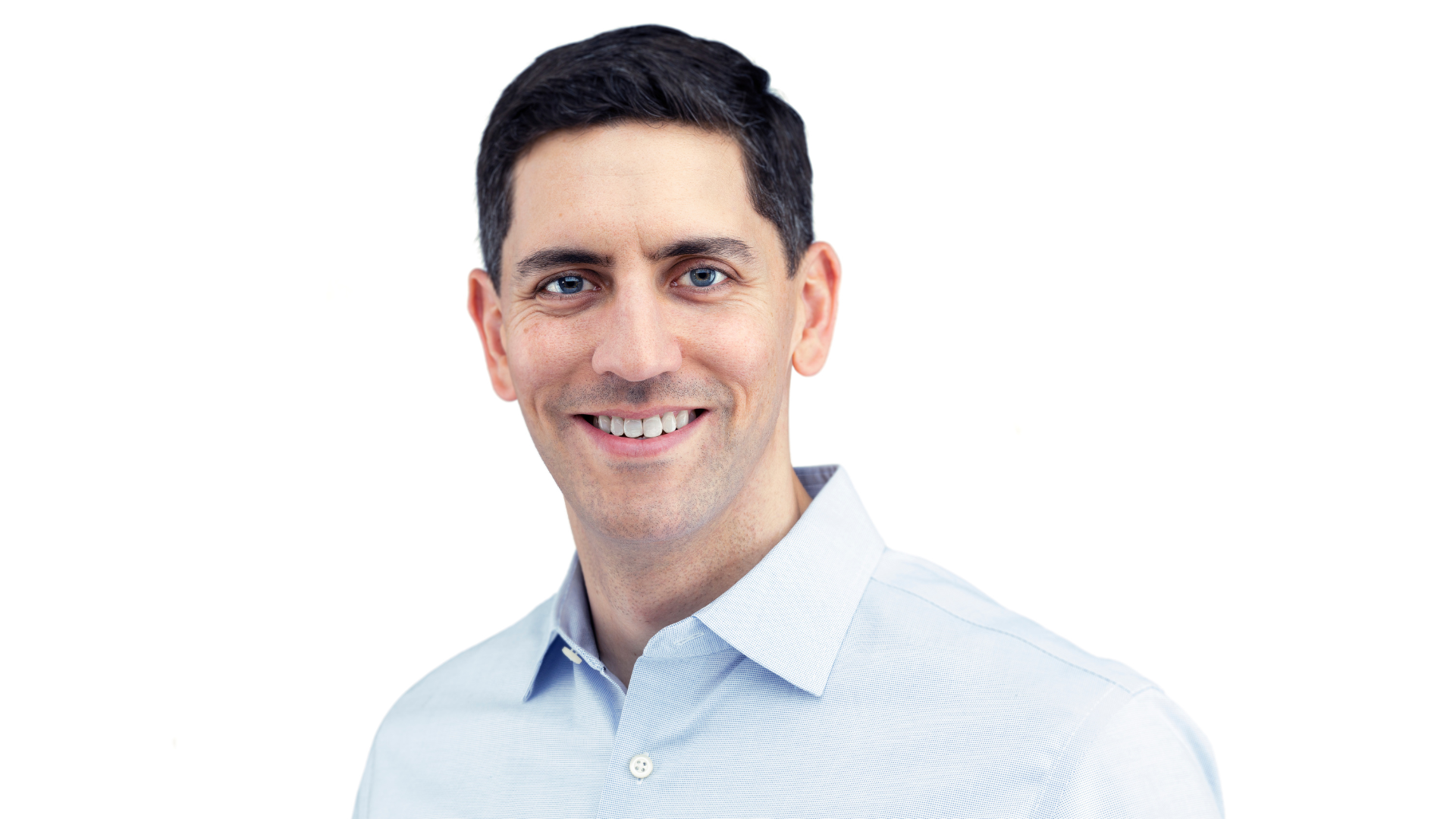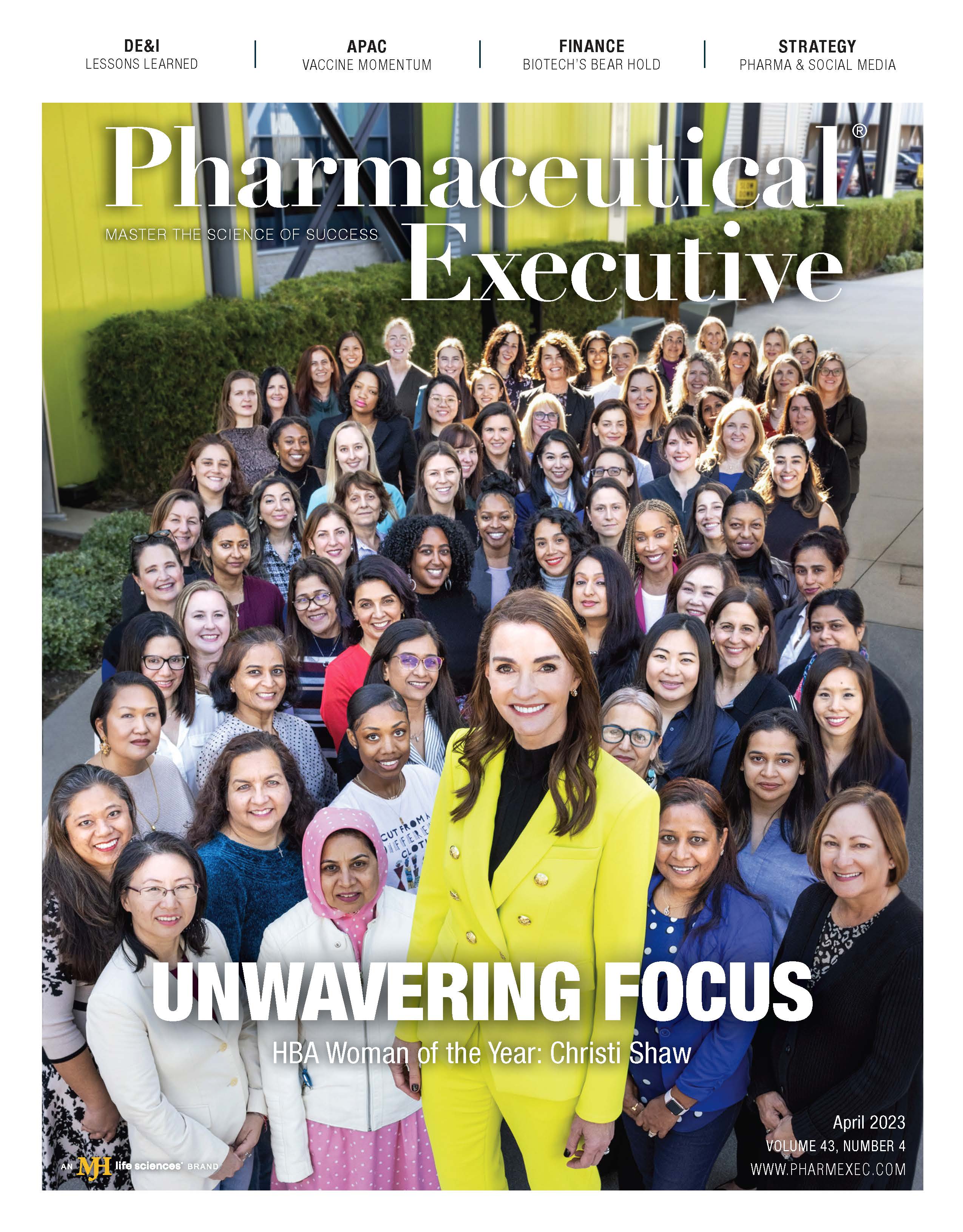How to Connect with HCPs More Effectively
Regardless of engagement mode pursued, personalization is the key.
Nate Wible

Improving connectivity with healthcare professionals (HCPs) and delivering a personalized customer experience is more important than ever, but it is also more challenging. Despite the spectrum of approaches to engagement, ranging from live to virtual, pharmaceutical companies have not adapted to deliver the optimal personalized experience based on each HCP’s preferred digital channel mix.
Personalization in medical communications requires meaningful data analysis that goes beyond standard projections and legacy data sources. To achieve success, a precise and accurate understanding of the HCP journey is necessary to anticipate the digital content and assets that are most valuable to them at each moment of their search for information or when making clinical decisions. Personalization requires breaking down digital content into small pieces, combining those pieces in ways that make the communication most relevant and valuable to each HCP’s unique needs, and customizing the content and experience to the channel mix preferred by each HCP segment.
Data from a recent US study conducted by Across Health shows a significant shift in HCP behavior between 2019 (pre-COVID-19) and 2022 (post-COVID). HCPs reported changes in both their level of engagement across channels (reach) and the effect on their clinical decisions or prescribing behavior (impact). The reduction in engagement with reps and growth in the number and impact of e-details suggest that recent investments made in content and interactivity by the industry have been well-received by HCPs. While more data and analyses are needed, investing in other digital channels is wise. Ultimately, it is important to remember that digital is merely one channel. To achieve the best results, pharmaceutical companies and agencies need to leverage the optimal mix of online, offline, owned, and earned channels.
To that end, effective medical communications efforts require content and channel strategies that are informed by actionable insights gained from top medical experts who treat patients and collaborate with their healthcare partners. For decades, pharma has partnered with key opinion leaders (KOLs) to drive peer-to-peer education and medical communications. While engaging traditional KOLs remains essential, the pandemic has prompted a reevaluation of who qualifies as an opinion leader. The definition has now expanded to include individuals who have a strong online or social media presence and the ability to engage peers, patients, and followers on digital channels. These digital opinion leaders (DOLs), some of whom may also be traditional KOLs, provide additional channels for engagement that are personalized to the preferences and activities of the DOLs and their followers.
DOL engagement, whether to gather insights or disseminate information, needs to be an essential component of a company’s omnichannel engagement strategy. DOLs can provide greater insights into what knowledge gaps and information needs exist within their network and help pharma companies optimize content and engagement within social media. As with any segment, DOLs have preferred channels of communication and build a community of followers within their digital platform(s) of choice. For example, some DOLs are highly active on Twitter and use it to parse out a series of short packets of information, while others prefer the use of LinkedIn, which enables a lengthier exposition on topics of interest. DOLs, and digitally-savvy KOLs, are attuned to what their network of peers and followers respond to, which influences their medium of choice.
To effectively leverage digital engagement with DOLs, pharma needs to deeply understand the preferred platforms, extended reach, and impact of opinion leaders relevant to their brands. A balance of engagement planning with both traditional KOLs and emerging DOLs will ensure a brand’s message reaches and resonates with clinicians and patients no matter who they turn to, or where they look, for advice and information. This is especially important as we see more KOLs adopt digital media as a means of communication with their peers and patients, and as emerging DOLs rise to the rank of KOLs over time. Considering the data-rich environment in which we are immersed every day, creativity and innovation in medical communications will be firmly rooted in curating and analyzing the right types of data to mine for insights, engaging the right opinion leaders in the right way, and building optimal personalized experiences for HCPs.

The Misinformation Maze: Navigating Public Health in the Digital Age
March 11th 2025Jennifer Butler, chief commercial officer of Pleio, discusses misinformation's threat to public health, where patients are turning for trustworthy health information, the industry's pivot to peer-to-patient strategies to educate patients, and more.
Navigating Distrust: Pharma in the Age of Social Media
February 18th 2025Ian Baer, Founder and CEO of Sooth, discusses how the growing distrust in social media will impact industry marketing strategies and the relationships between pharmaceutical companies and the patients they aim to serve. He also explains dark social, how to combat misinformation, closing the trust gap, and more.